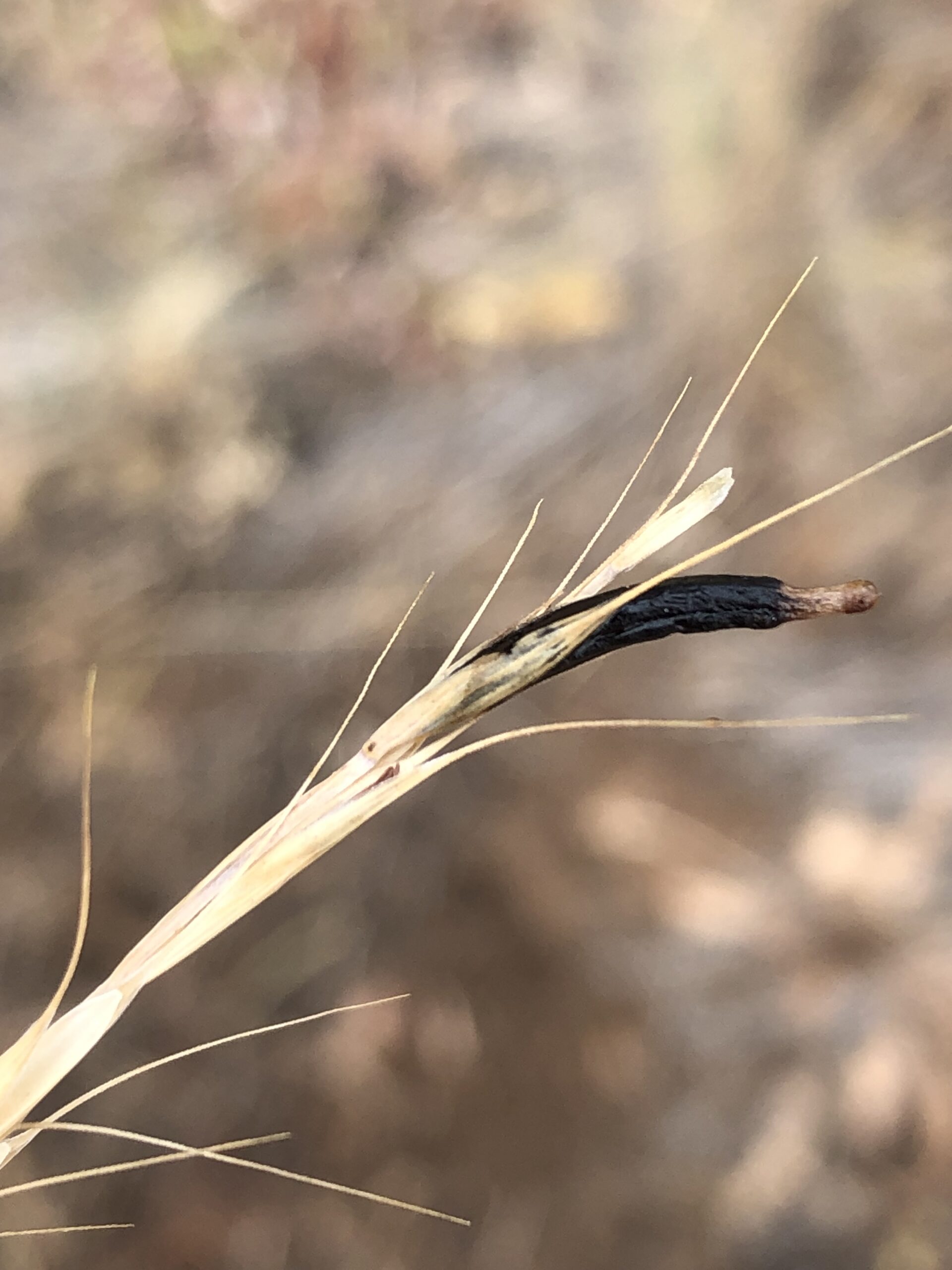
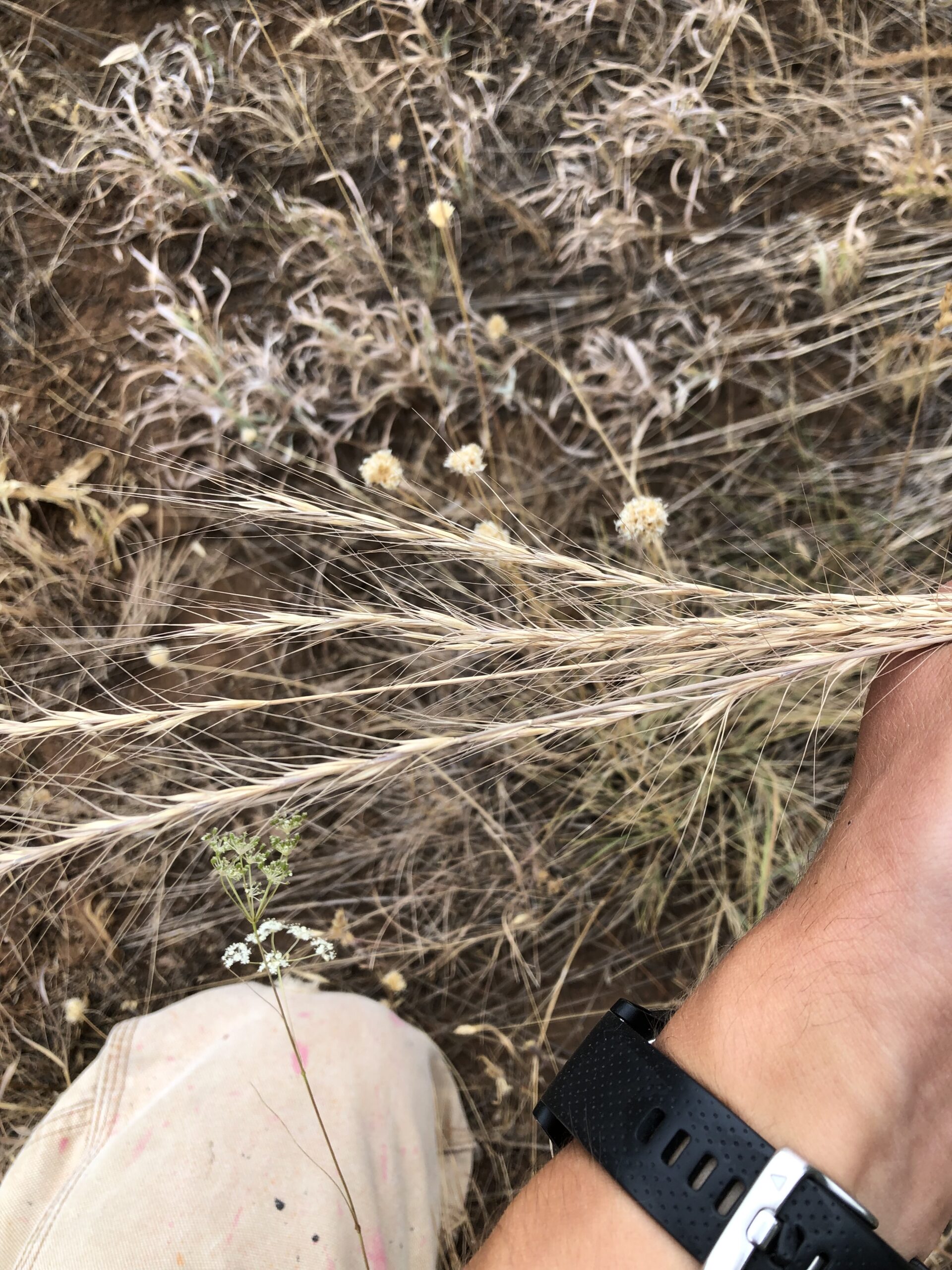
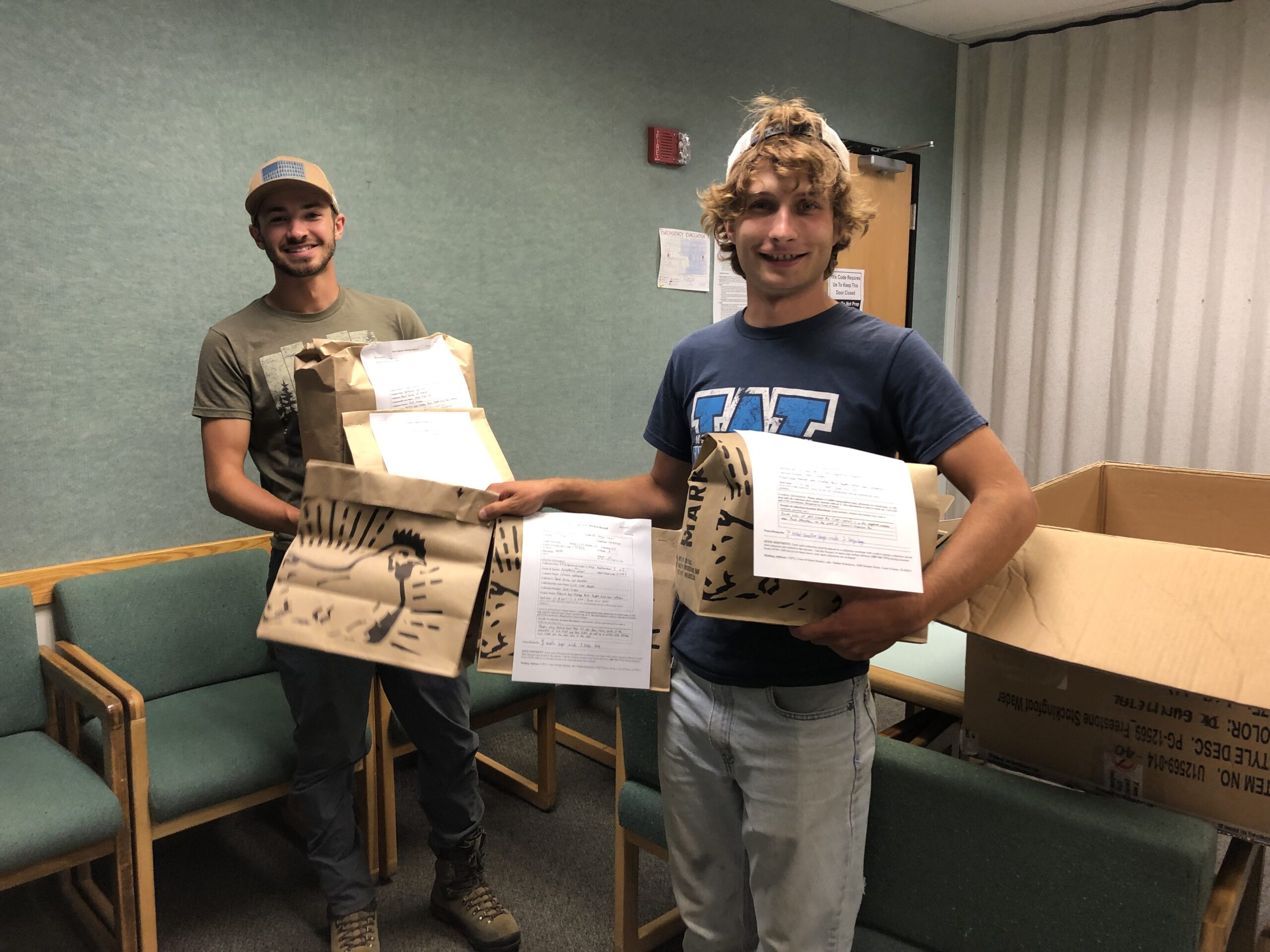
First seed shipment to Coeur d’Alene Nursery
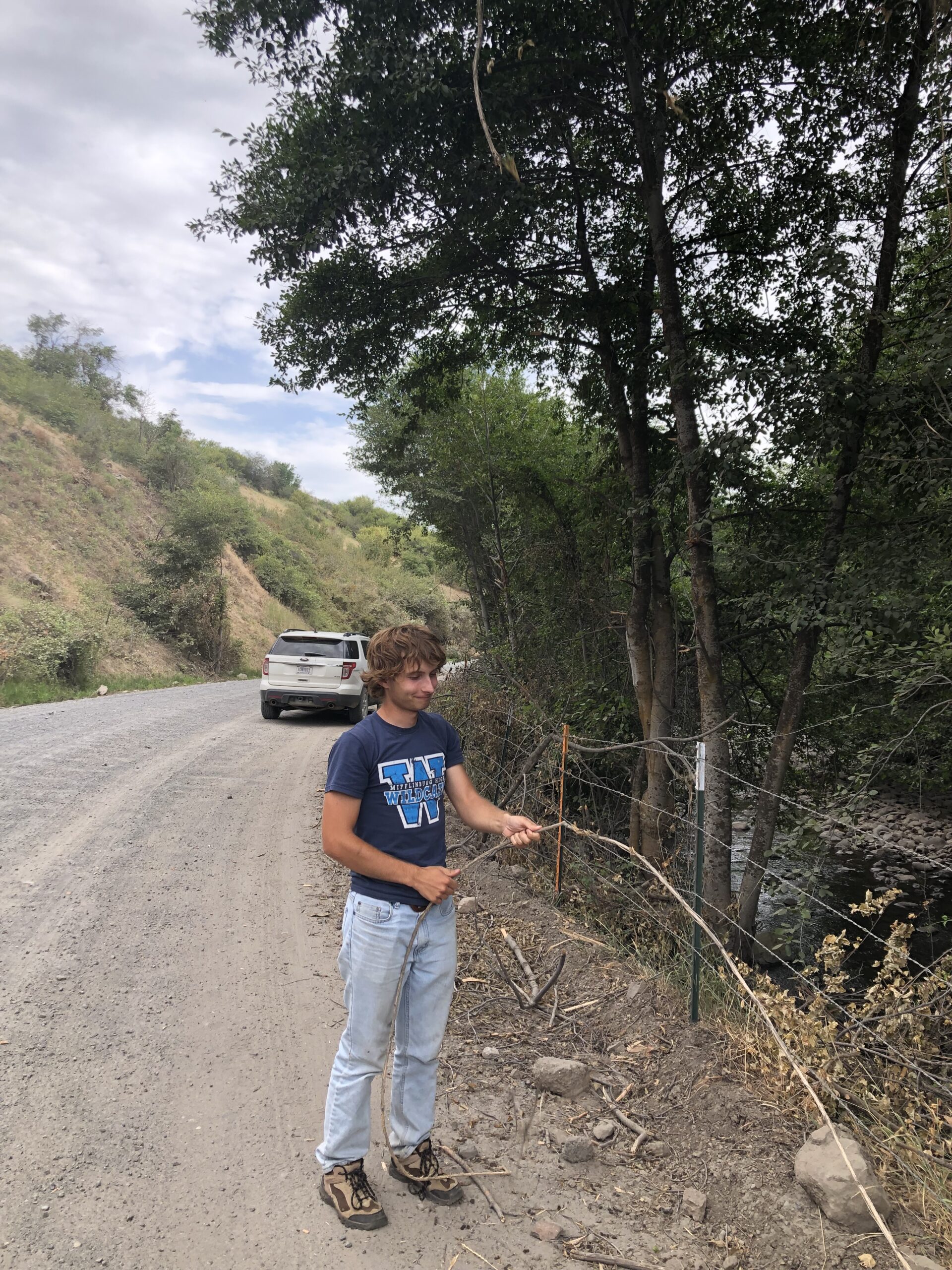
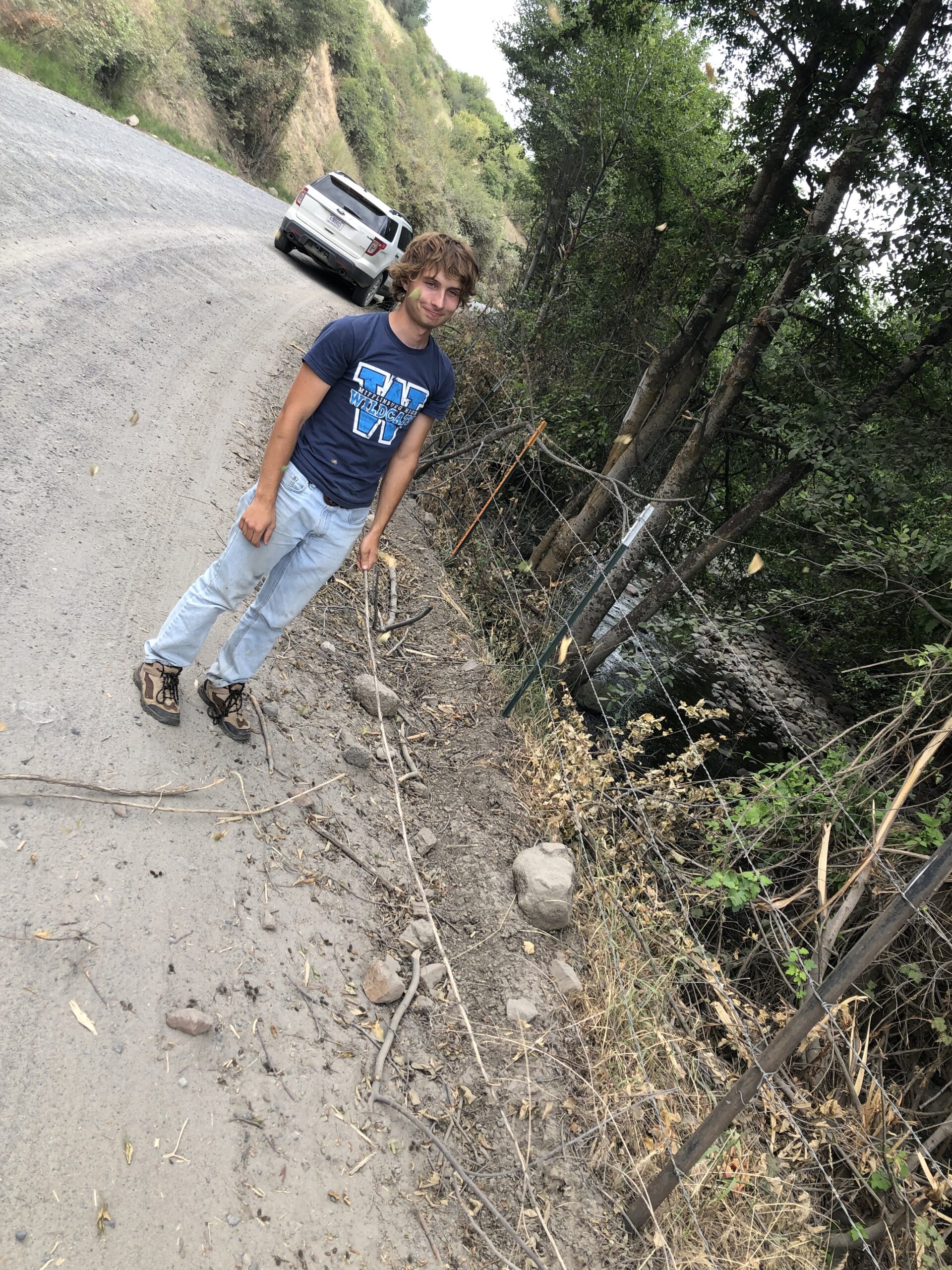
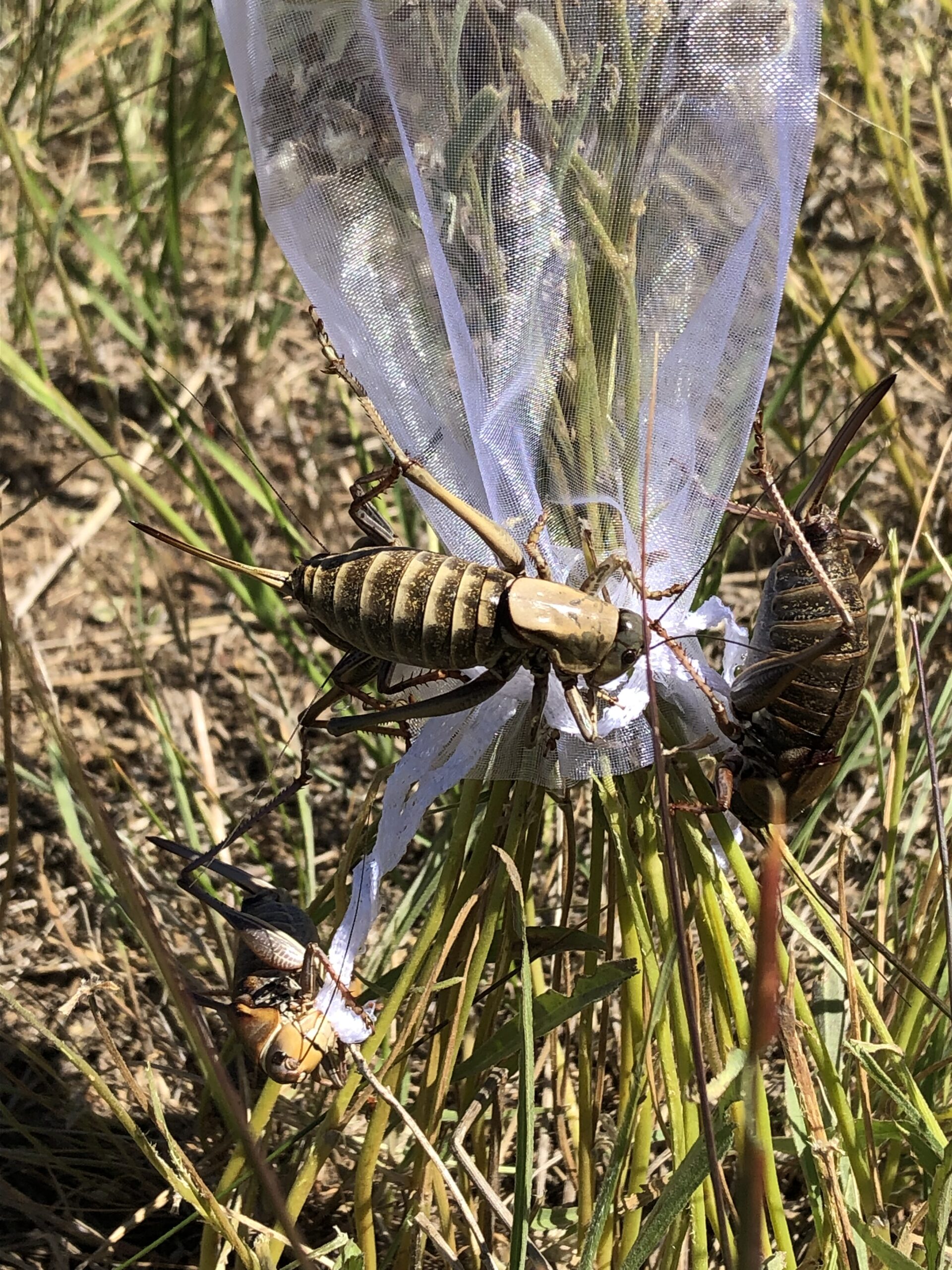
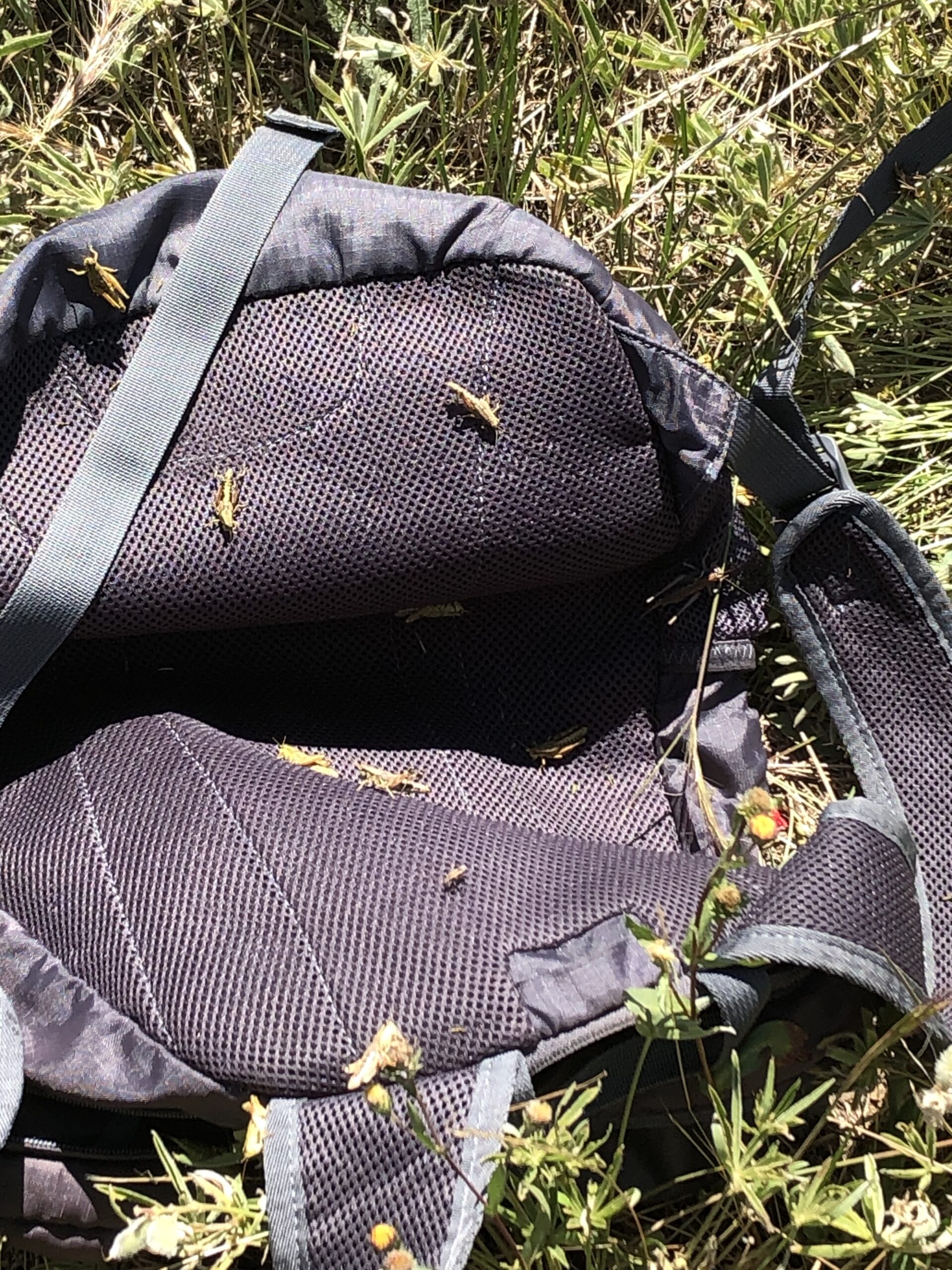
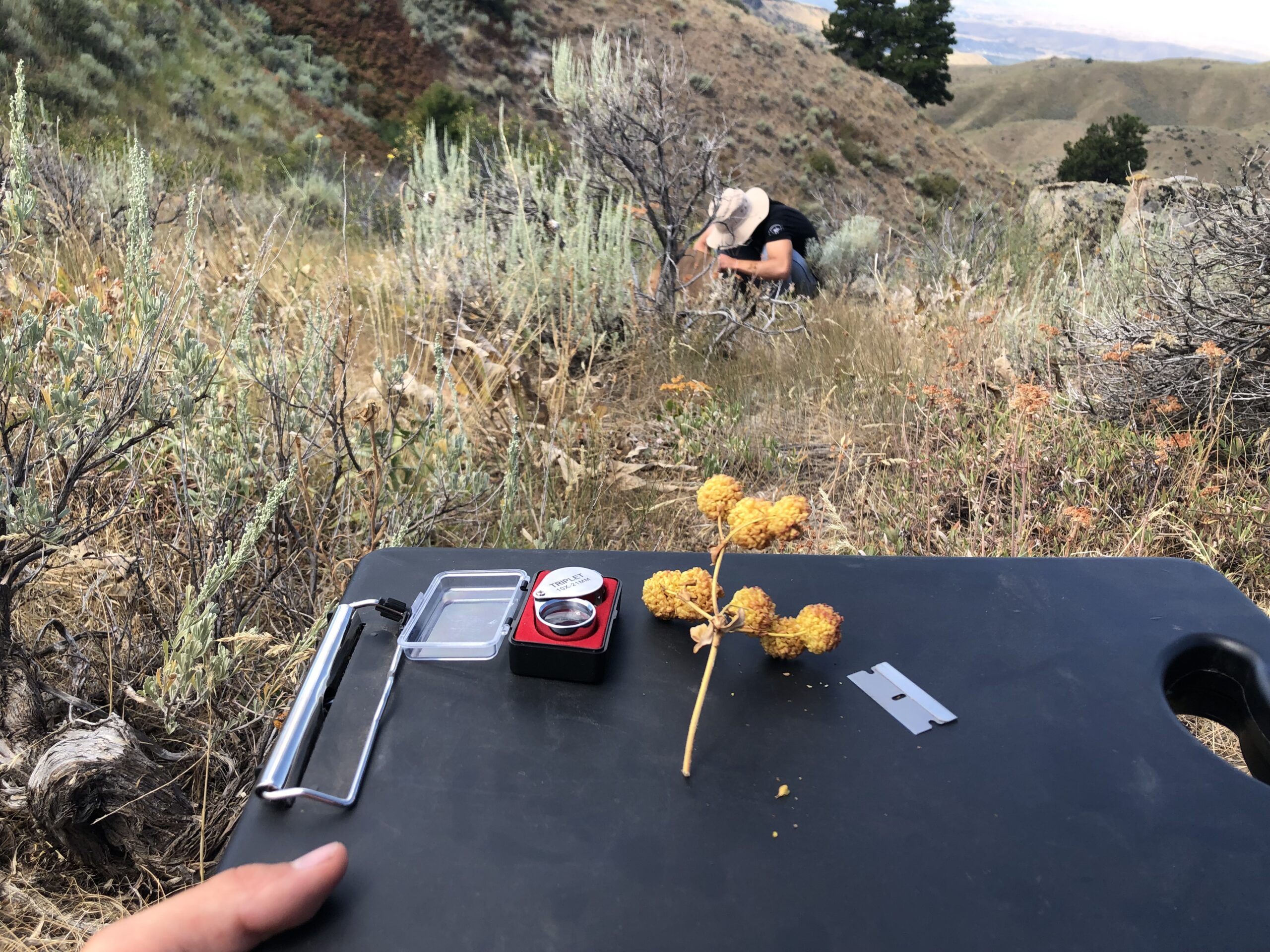
I am writing this monthly post while holed up in the community library hiding from a storm that seemingly came out of nowhere. The minor flooding and landslides are the price paid for relief from the wildfire season that was reaching its peak when broken just in time. The smoke and oppressive heat previously settling over both forests is gone for the time being, but now we wait for the roads and woods to dry before resuming our search. With only three viable collections left in the field we have transitioned back again into primarily scouting. The summer has passed and fall colors have begun to set in on the lowest and most productive sites. The Council team is now searching further, higher, and more intensely for remaining target species. It has become clear that some of our target species will not be successfully collected this year. To combat the difficulties of the situation our mentors have given us permission for recollections of species already targeted, and independence in determining additional species for collection. The new policies have allowed our team to target Columbine flavescens, start scouting western-coneflower for collection, and recollect a superior population of Columbia needlegrass. The added diversity will help us remain productive as our season progresses. Disease like the fungus pictured above, and pests like the mormon crickets on our lupine would have been intimidating setbacks for me at the beginning of the season. Now, these problems seem more and more manageable as I gain experience and familiarity with the two forests I am assigned to. As I look at the reddening maple outside the window, I see the branches oscillating with the gusts and leaves shuttering. Soon the tree will stand motionless again, and the Boise – Payette team will be back out and searching.
